
Christmas is a commemorative occasion that takes place on December 25 each year, both a religious holiday and an important cultural event worldwide. This tradition has existed for two millennia, combining both religious and secular elements; Christians celebrate this as the birthday of Jesus Christ, their spiritual leader. Common customs include decorating Christmas trees, attending church services, gathering with family and friends, and awaiting Santa Claus. However, in the past, there were periods when Christmas was completely banned in the U.S., and it officially became a holiday in 1870.
How did Christmas begin?
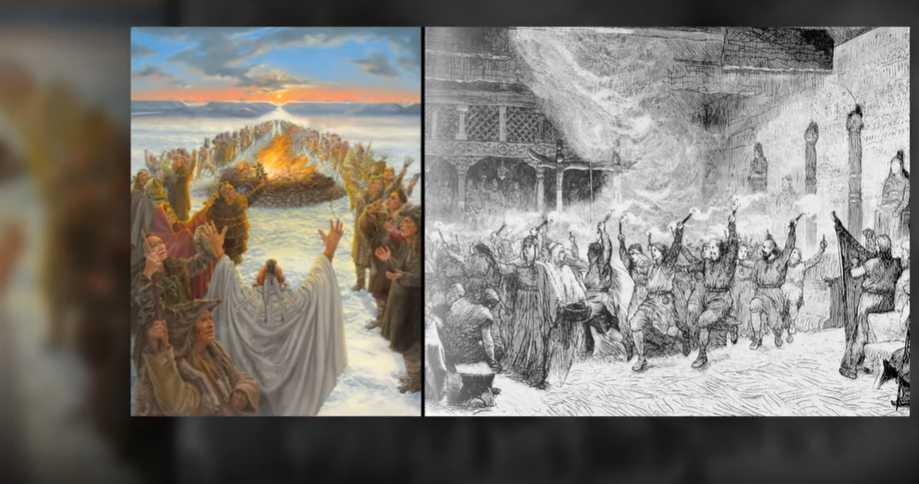
From ancient times, the celebration of winter was an important part of many cultures around the world. Before Jesus appeared, Europeans celebrated the return of light during the darkest days of winter. They celebrated the winter solstice, marking the beginning of longer sunny days in Scandinavia with the Jul festival held from December 21, the winter solstice, until January. They would often light large fires and feast for many days, believing that each spark represented the fertility of livestock in the new year. Late December was an ideal time for festivals in Europe, as it was when livestock were slaughtered to avoid having to feed them through the winter. Thus, during the winter holidays, people often had fresh meat along with wine and fermented beer ready to enjoy. In ancient Germany, people also worshipped the god Odin during winter, believing that Odin flew through the sky at night to observe everyone. He would then decide who would be wealthy and who would be poor, leading many to choose to stay indoors during this time.
Saturnalia and Christmas

In ancient Rome, during the harsh winter, people would hold the Saturnalia festival to honor the god Saturn, a deity of agriculture. This festival began the week before the winter solstice and lasted a month, marking a period of indulgence with abundant food and drink. During this time, the usual social order of Rome was overturned, slaves were temporarily freed, and society became more equal. Shops and schools closed so that everyone could participate in the festivities. Along with Saturnalia, the Romans also celebrated Juvenalia, a festival for children around the winter solstice. On December 25, the elite often celebrated the birthday of Mithras, the sun god whom they believed was born from a rock. For many Romans, this day was considered the holiest day of the year.
Is Christmas really the day Jesus was born?

In the early years of Christianity, Easter was the official holiday, and initially, Jesus' birth was not celebrated as a holiday. However, in the fourth century, church leaders decided to make this day a holiday. Although the Bible does not specify the date of Jesus' birth, there are indications that it occurred in spring. However, Pope Julius I chose December 25, and many believe this date was selected to coincide with pagan festivals. When it was called Christmas, this custom spread to Egypt in 432 and to England by the late sixth century by celebrating Christmas at the same time as traditional winter festivals. The church leaders hoped this holiday would be widely accepted, but this also meant they could not fully control how the festival was celebrated.
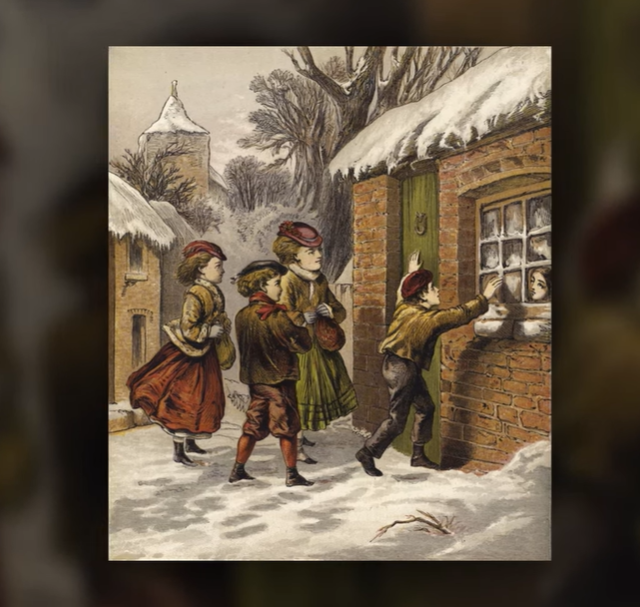
By the medieval period, Christianity gradually replaced other pagan religions. During Christmas, Christians would go to church, and then they would participate in very lively celebrations. A unique custom was that each year, a beggar would be chosen to be the lord of misrule; ironically, this person would take on a leadership role during the festivities. The festival organizers would act as the subjects of this lord, in this world, the poor would often visit the homes of the rich and request to enjoy the best food and drink. If the host did not comply, they would have to endure mischief from the uninvited guest. Thus, Christmas became an opportunity for the elite to repay society by entertaining those less fortunate than themselves.
When Christmas was canceled
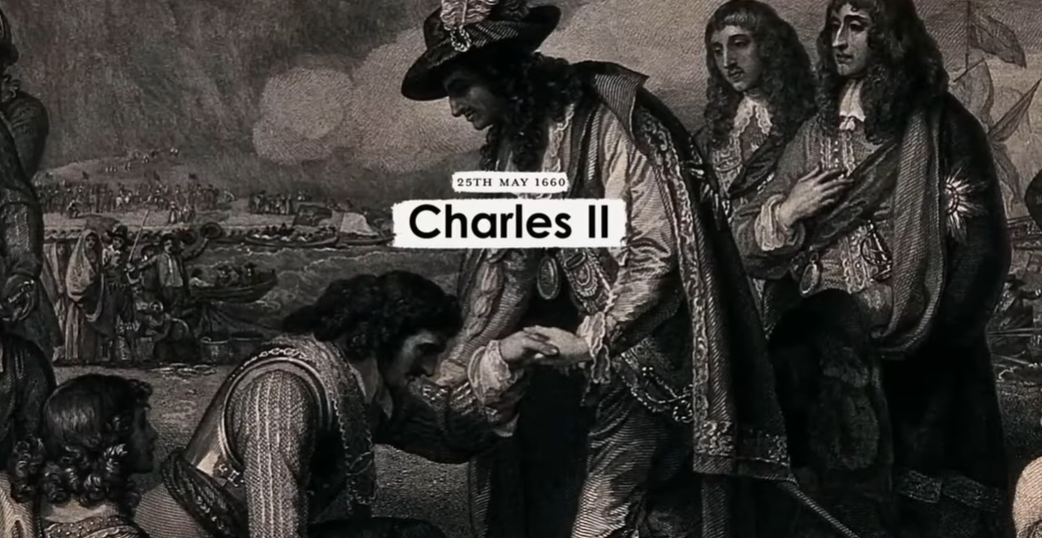
In the early 17th century, a wave of religious reform changed how Christmas was celebrated. In Europe, when Oliver Cromwell and his Puritan forces took power in England, in 1645 they were determined to eliminate what they deemed decadence, and part of their plan was to abolish Christmas. However, when Charles II returned to the throne, this holiday was restored. In America, the Pilgrims, English immigrants in 1620, were even stricter Puritans than Cromwell. Thus, in the early years of American history, Christmas was not a holiday. From 1659 to 1681, Christmas was even banned in Boston, and anyone celebrating Christmas would be fined 5 shillings. In contrast, in the Jamestown settlement, Captain John Smith reported that people enjoyed Christmas without any incidents. After the American Revolution, English customs, including Christmas, fell out of favor. It wasn't until June 26, 1870, that Christmas was officially recognized as a federal holiday in the U.S.
Washington Irving recreated Christmas in America
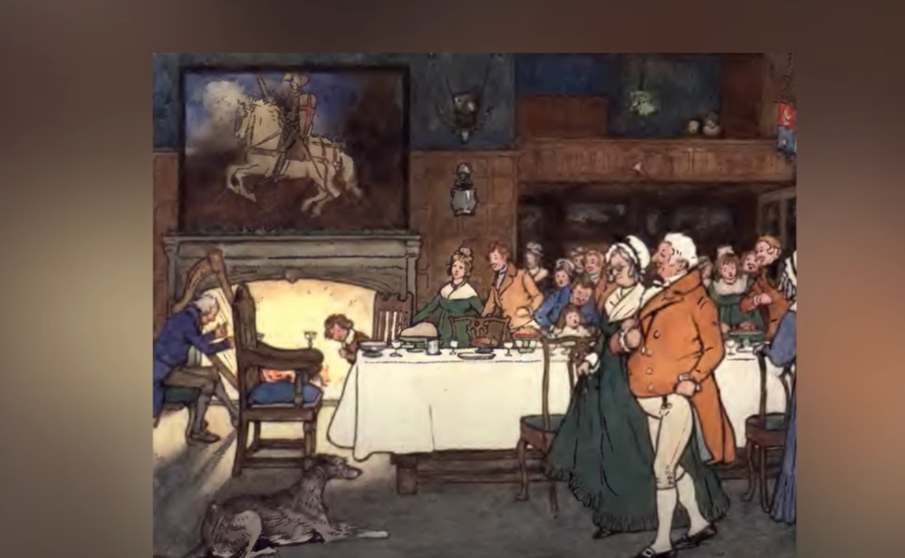
It wasn't until the 19th century that Americans began to widely accept Christmas, defining it as a family reunion rather than a noisy holiday. In the peaceful atmosphere, what made Americans interested in Christmas was that in the early 1800s, America experienced a period of deep social conflict. During this time, high unemployment rates and class unrest led to riots, especially during the Christmas season. Notably, in 1828, New York established its first police force to deal with Christmas riots. This event, along with other social issues, prompted the American elite to seek ways to change how Christmas was celebrated, aiming for a more peaceful and family-oriented atmosphere. In 1819, Washington Irving, a famous author, wrote The Sketch Book of Geoffrey Crayon Gent, a collection of stories about Christmas taking place at a manor in England. In these stories, Irving describes a lord inviting farmers to his manor to celebrate Christmas. This contrasts with American society at the time, where the divide between social classes was very pronounced. Irving depicted Christmas as a warm, peaceful occasion where people from all social classes came together. In his work, he also described ancient customs, including the selection of a lord during Christmas. Interestingly, Irving's descriptions were not based on celebrations he had witnessed; in fact, many historians believe that Irving invented these traditions.
Christmas carols

Around this time, the famous English writer Charles Dickens created A Christmas Carol, a classic Christmas story. The story carries a message of charity and goodwill towards all humanity, making a significant literary impact in both the United States and England. The story helped Victorians recognize the value of celebrating Christmas. In the early 19th century, parenting styles also gradually became less strict and focused on children's emotional needs. Thus, Christmas became an occasion for families to care for and give gifts to their children without worrying that it would spoil them. As Americans began to view Christmas as a family holiday, old customs were revived, and they learned from European immigrants and Catholic believers. To determine how to celebrate this holiday in the next 100 years, Americans developed their own distinct Christmas traditions, including decorating Christmas trees, sending cards, and exchanging gifts. Although many families believed they were celebrating Christmas in a traditional way that had existed for centuries, in reality, Americans had reinvented this holiday to fit the culture and needs of a developing nation.
Who invented Santa Claus
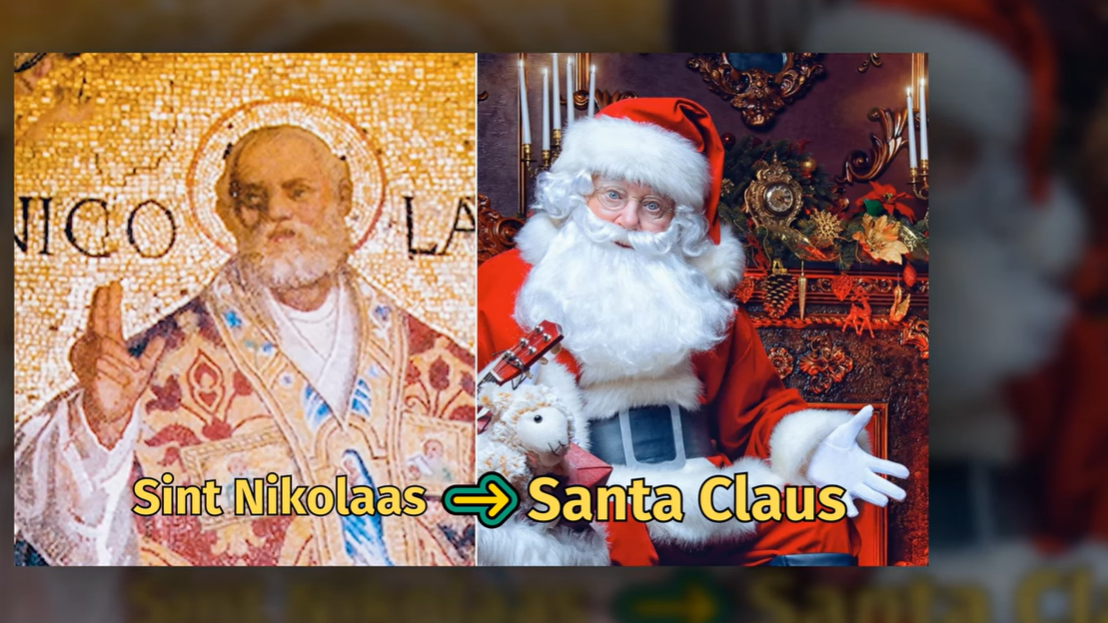
The legend of Santa Claus originates from the story of Saint Nicholas, a monk who lived in Turkey around 280 AD. Saint Nicholas is famous for using his entire inheritance to help the poor and sick. At the same time, he is known as the patron saint of children and sailors. Saint Nicholas was introduced into American popular culture in the late 18th century in New York. When Dutch families gathered to commemorate the death of Saint Nicholas, they referred to him as Sinterklaas, which is a shortened form. The name Santa Claus for Santa Claus originated from this abbreviation. In 1822, the New England minister Clement Clarke Moore wrote a Christmas poem recounting the visit of Saint Nicholas, famously beginning with the line "Just the Night Before Christmas." The poem describes Santa Claus as a jolly figure moving from house to house on a sleigh pulled by reindeer to deliver toys to children. The familiar image of Santa Claus as a man in a red suit with a white beard carrying a bag of gifts was popularized in 1880, thanks to political cartoonist Thomas Nast's illustrations. The image of Santa Claus from Thomas's poem created the classic image we know today.
